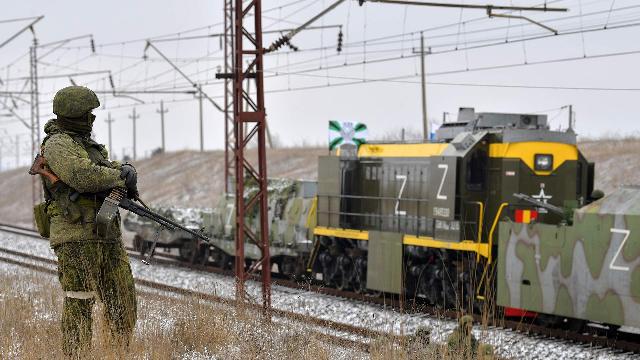The classes are conducted by instructors with combat experience
The railroad warriors began practicing the fight against UAVs. To destroy drones, they use standard small arms, smoothbore weapons, artillery anti-aircraft guns, which are installed on special armored trains, and also attract electronic warfare equipment. The classes are conducted by instructors who have gained combat experience in the area of a military special operation. Experts note that the railway is one of the most important supply routes operating in the area of our troops, and the position of our units on the front line depends on its reliable protection.
The Iron Road
A section on combating UAVs has appeared in the combat training program for railway troops. When conducting classes within the framework of this course, the experience gained during a special military operation is taken into account, and the personnel are directly involved in combat operations, sources in the Russian Defense Ministry told Izvestia.
The destruction of drones is being practiced using smoothbore weapons, regular submachine guns, machine guns, including large-caliber ones, as well as anti-aircraft installations, including twin ZU-23-2. In addition, electronic warfare (EW) equipment will be used, the interlocutors of the publication noted.
Well-armed special armored trains "Volga", "Amur", "Baikal" and "Yenisei" operate in the SVO zone. For example, in the arsenal of the latter there are 82-mm mortars, BMP-2 with a 30-mm cannon, large-caliber machine guns NSV "Utes", twin anti-aircraft guns ZU-23-2. At the same time, the design of the trains allows for a rapid increase in anti-aircraft weapons.
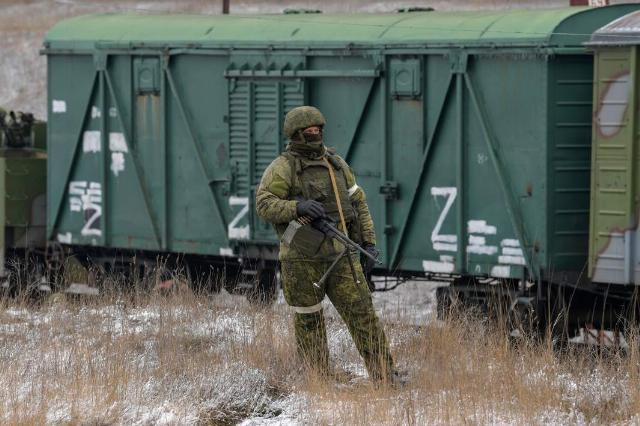
Photo: RIA Novosti/Alexander Galperin
Image source: iz.ru
The crews of special trains are also trained to combat UAVs. Heavy machine guns and twin anti-aircraft guns make it possible to fight large Baba Yaga-type drones and aircraft-type UAVs.
In the SVR zone, railway soldiers are responsible for anti-sabotage measures and infrastructure protection, conducting technical and engineering reconnaissance of tracks, carrying out mine clearance, transporting materials, escorting military trains, and also participating in humanitarian actions.
Their main work is the restoration of railway tracks and small artificial structures with minor amounts of damage.
Railways are one of the main transport communications for Russian troops in the area of the special operation, Colonel Alexander Perendzhiev, associate professor at Plekhanov Russian University of Economics, told Izvestia.

Photo: RIA Novosti/Alexander Galperin
Image source: iz.ru
"Right now, troops on the line of contact and on alternate lines of defense, as well as civilians, especially in frontline areas where peaceful life has yet to be restored, largely depend on their work," the expert explained. — Huge volumes are transported. Military equipment, fuel, food and other important goods are delivered by rail. For example, building materials that are needed not only for the restoration of civilian facilities, but also for the construction of military ones. The soldiers have to protect the railway infrastructure. Such objects are attacked by UAVs of various types. And, of course, we must be able to resist this. Knowledge of drone warfare will save the lives of fighters. They will ensure the smooth operation of transport, on which supplies largely depend, and hence the success of our troops' actions on the line of contact.
Important stations, warehouses, bridges and oil loading facilities are located in the area of responsibility of railway soldiers, many of them are located near the railway infrastructure, the expert noted.
"If necessary, soldiers and officers should be able to protect them competently," he said.
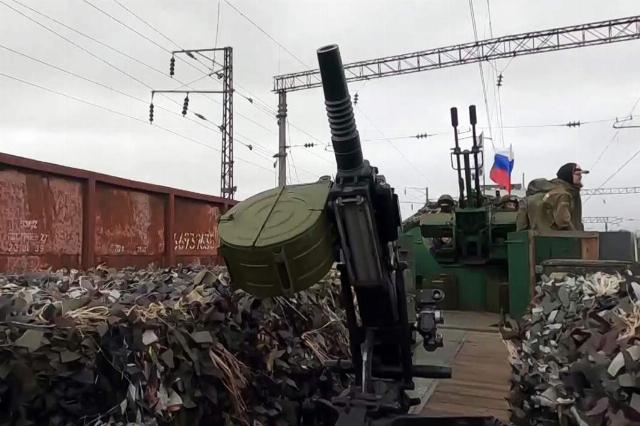
Photo: RIA Novosti/Ministry of Defense of the Russian Federation
Image source: iz.ru
Quite large—scale work is underway in the SVR zone, and not so far from the line of contact. Railroad warriors are repairing infrastructure and bridges, military expert Viktor Litovkin noted.
All these objects are among the priority targets for enemy strikes. On the railways, you can expect everything — both track explosions and UAV attacks. Bandera has always been doing this. The war on the railways continued after the onset of peacetime. Therefore, railway soldiers need to be prepared for any scenario, including the use of drones. And the experience of dealing with them will certainly come in handy.
Experts noted that anti-UAV skills and appropriate weapons will not be superfluous in the rear areas. Drones of the Armed Forces of Ukraine can also strike at railway facilities located far from the line of contact.
Roads and communications
The Armed Forces of the Russian Federation have long been carrying out activities that should ensure the uninterrupted operation of the rear. Earlier, Izvestia wrote that the Donetsk Military Communications Directorate had been established in the new regions. This unit of the Military Communications Authorities (VSO) within the Southern Military District is already involved in the restoration of the transport infrastructure of the regions that have become part of the Russian Federation, and is also engaged in the transfer of military personnel, cargo and equipment along the railways.
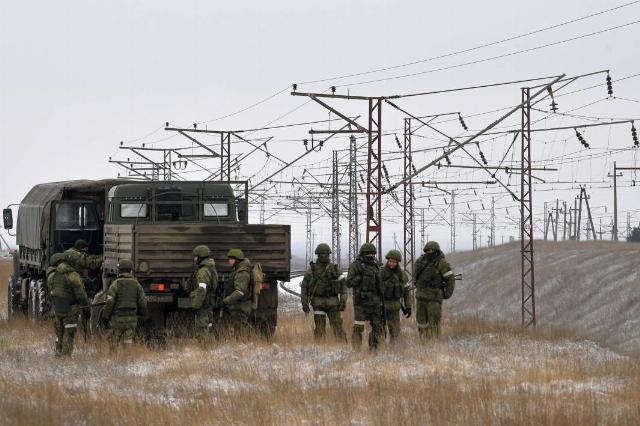
Photo: RIA Novosti/Alexander Galperin
Image source: iz.ru
It participates in the organization of transportation, as well as in the restoration of railway infrastructure in new regions providing communication with Crimea. The plans include assistance in organizing passenger services between the new territories and the main Russian regions.
The VSO bodies are the authorized representatives of the Russian Ministry of Defense in railway, sea, river and air transport. Their personnel are actively participating in a special military operation. Earlier it was reported that more than 80% of the officers of the military communications bodies of the Central Military District took part in a special military operation.
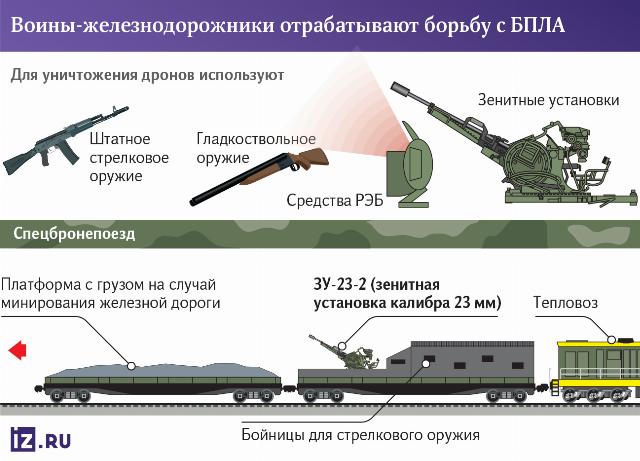
In addition, the Russian Ministry of Defense has created a river hydrographic detachment of the Dnieper Flotilla and a new Azov hydrographic area in the new territories. Earlier, Izvestia wrote that they would be responsible for the safety of navigation, depth measurement, exploration of the river bottom, the development of a system of navigation equipment on the shores, and the creation of electronic navigation maps.
Bogdan Stepovoy
